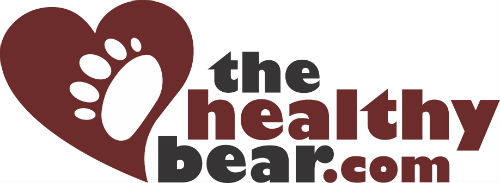Would you know what do to if a friend was choking?
http://www.youtube.com/watch?v=tv6mtaefqT8
Hey there Guys,
Not sure if you saw the news article yesterday about a baby whose life was saved in a Sydney McDonalds when she had choked on food. Unsure what to do, the parents had called the ambulance and took the daugher to the front counter where the manager , trained in first aid, saved her life.
Choking is a fairly common occurrence and today I thought it might be a good idea to talk about the basic first aid if someone is choking.
What Is Choking?
There are two causes for choking. The most common cause of choking is when food or an object in the mouth is inhaled into the airways where it can lodge, blocking air from moving in and out. This is what is pictured above and also what happened in the case of the girl in McDonalds. A rarer cause of choking is when a person has an allergic reaction and the airway swells, blocking air moving in and out. Either cause is an emergency requiring immediate attention to save a life.
How can I tell if someone is choking?
The most striking feature of someone choking is that they are silent. As they are not able to breath they will not be able to cough or speak but they may have a high pitched whistle or wheeze. Often a person choking will grab at their throat and may even turn blue, collapse or have a seizure.
If a person is coughing, talking or crying they are able to move air in and out of their lungs i.e. not choking. No first aid is required other then perhaps a small sip of water and reassurance.
What is the first aid for choking?
http://www.youtube.com/watch?v=GNlnVFgUP3M
- First administer 5 sharp blows between the shoulder blades to help dislodge the blockage.
- If this is not successful perform chest thrusts 5 times:
If this is not successful ask someone close by to call an ambulance and repeat the back blows and abdominal thrusts again.
In Australia the Heimlich Manoeuvre is not currently suggested do to the risk of damage to the abdominal organs if done over enthusiastically.
Currently Resuscitation Australia suggests chest thrusts to replace abdominal thrusts.
Chest thrusts are applied:
• At the same point on the chest that is used when providing chest compressions during CPR.
• They are delivered sharper and slower than chest compressions during CPR.
In order to do chest thrusts you need to have the back of the patient supported. This can be achieved
by either:
• Placing your other hand on the patients back.
• If the patient is sitting use your other hand to support the back of the chair.
• Have someone stand behind to provide support.
• Stand against a firm surface like a wall.
• Lie the patient down.
It is very hard to state categorically on how to achieve back support when using chest thrusts but the
overall principle remains the same. Support the back any way you can.
Remember if chest thrusts cannot be applied continue with back blows. If the patient becomes
unconscious commence CPR. The ARC does not recommend the use of abdominal thrusts as there is
considerable evidence of harm caused by this procedure.
If the person loses consciousness start CPR immediately and continue until the ambulance arrives.
Click here for a poster on choking first aid from St Johns Australia
While not a replacement for a formal first aid course, I hope that this post may help save a life if you see someone choking.
Yours in great health.
Dr George

Leave a Reply